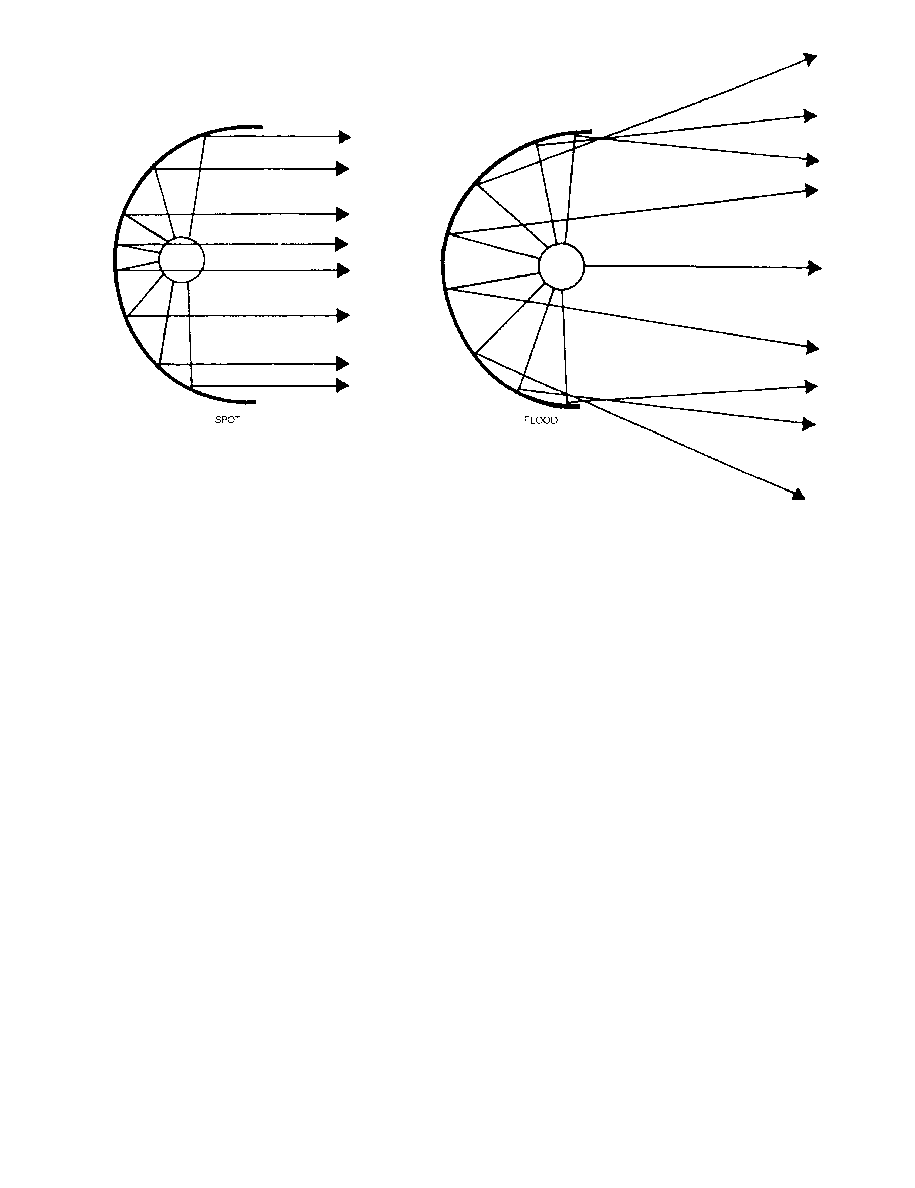
DOFMaster
for Windows
On-line
Depth of Field
Calculator
DOFMaster for Mobile Devices
On-line
Depth of Field
Table
Hyperfocal
Distance Chart
Articles
FAQ
Recommended
Books
Support
Contact
Links
Home
for Windows
On-line
Depth of Field
Calculator
DOFMaster for Mobile Devices
On-line
Depth of Field
Table
Hyperfocal
Distance Chart
Articles
FAQ
Recommended
Books
Support
Contact
Links
Home
As an Amazon Associate I earn from qualifying purchases.
![]()
designed to provide maximum efficiency at distances of
system-one position for a normal angle and the other for
a wide angle (for a wide-angle lens); others may have a
any lens within a wide range of focal lengths. Depending
on the position of the discharge tube in relation to the
reflector, the unit can be used as a spotlight or floodlight
(fig. 1-14).
to substitute a plane reflector (sometimes called a
reflector board) to redirect the light from a direct light
source (fig. 1-15). The plane reflector is placed so it
receives light from the primary light source and reflects
the light into the shadows. The efficiency of such a
reflector depends on its surface and tone, as well as size
and distance from the subject being photographed. The
subject area covered by a plane reflector depends on the
size of the reflector. When the surface of the reflector is
matte or textured, it reflects diffused light and some of
the reflected light is dispersed over a wide angle.
There are two reasons for having several elements. First,
it allows the designer to make many different types of
lenses to suit different purposes. Second, the quality of
the image formed by the lens can be controlled by
choosing different lens elements. The most important
choices the lens designer makes are the shape and
position of each lens element. These govern properties
like focal length, angle of view, physical weight, and
size.
provide information about the lens photographic quality.
A perfect lens cannot be made. A lens is a compromise
of inherent errors called aberrations, but do not let this
worry you. Lens aberrations are defects in the formation
of an optical image. Today's lenses are so highly
corrected for lens aberrations that, except for a few ultra
wide-angle (fisheye) lenses, you would be hard pressed
to find a lens that produces subjectively identifiable
Basic Photography Course

As an Amazon Associate I earn from qualifying purchases.
WWW.DOFMASTER.COM
© 2006 Don Fleming. All rights reserved.
© 2006 Don Fleming. All rights reserved.